Deployment of portable quantum computer systems.
Looks like the United Kingdom wants to create smart tanks, because it’s using a new quantum computer to put more tech in its arsenal.

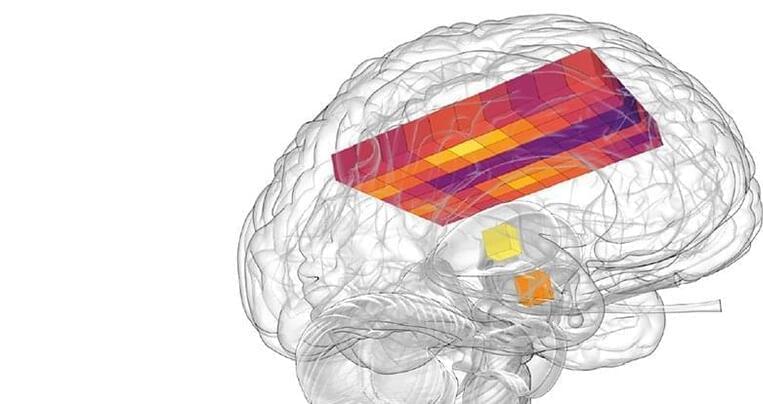
From the engine in your car to the components in your laptop, mechanical systems tend to heat up when they’re working harder. Now new research has revealed that the same can be said of the brain – and it runs hotter than was previously thought.
Some parts of the deep brain can get up to 40 °C (104 °F), a new study shows, though this varies by sex, time of day, and various other factors. Compare that with the average oral temperature in human bodies, which is typically under 37 °C (98.6 °F).
This isn’t a sign of malfunctioning though, researchers think, and may actually be evidence that the brain is operating healthily. Unusual heat signatures could potentially be used in the future to look for signs of brain damage or disorder.
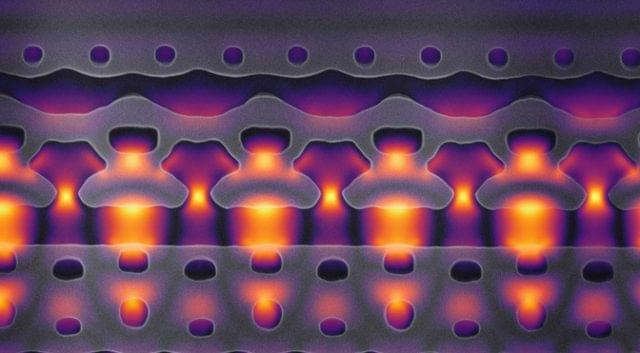
Circa 2020
You’ve no doubt heard of the Large Hadron Collider (LHC), the massive particle accelerator straddling the border between France and Switzerland. The large size of this instrument allows scientists to do cutting-edge research, but particle accelerators could be useful in many fields if they weren’t so huge. The age of room-sized (and larger) colliders may be coming to an end now that researchers from Stanford have developed a nano-scale particle accelerator that fits on a single silicon chip.
Full-sized accelerators like the LHC push beams of particles to extremely high speeds, allowing scientists to study the minutiae of the universe when two particles collide. The longer the beamline, the higher the maximum speed. Keeping these beams confined requires extremely powerful magnets, as well. It all adds up to a bulky piece of equipment that isn’t practical for most applications. For example, cancer radiation treatments with a particle accelerator could be much safer and more effective than traditional methods.
The team from Stanford’s SLAC National Accelerator Laboratory didn’t set out to build something as powerful as an accelerator that takes up a whole room. The chip features a vacuum-sealed tunnel 30 micrometers long and thinner than a human hair. You can see one of the channels above — electrons travel from left to right, propelled by 100,000 infrared laser pulses per second, all of them carefully synchronized to create a continuous electron beam.
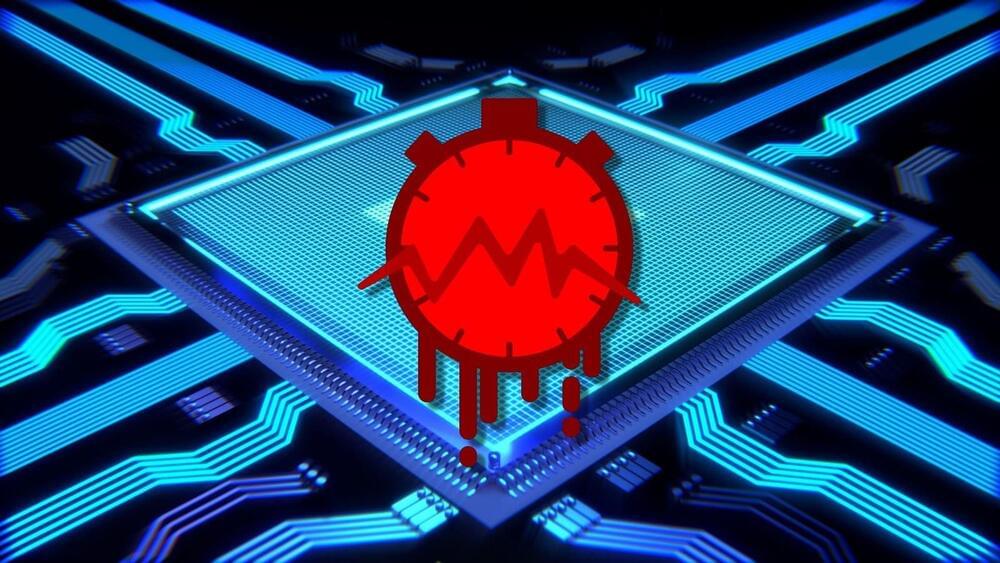
A new side-channel attack known as Hertzbleed allows remote attackers to steal full cryptographic keys by observing variations in CPU frequency enabled by dynamic voltage and frequency scaling (DVFS).
This is possible because, on modern Intel (CVE-2022–24436) and AMD (CVE-2022–23823) x86 processors, the dynamic frequency scaling depends on the power consumption and the data being processed.
DVFS is a power management throttling feature used by modern CPUs to ensure that the system doesn’t go over thermal and power limits during high loads, as well as to reduce overall power consumption during low CPU loads.

Online platforms like Twitter 0, Facebook and Tiktok will be required to register and open offices in Nigeria and appoint contact persons with the government, draft regulations from the information technology development agency show. The code of practice for “interactive computer service platforms/internet intermediaries” was meant to curb online abuse, including disinformation and misinformation, the National Information Technology Development Agency (NITDA) said in the regulations posted on its website.
A statement from the agency’s spokesperson dated June 13 said the regulations were developed with input from Twitter, Facebook, WhatsApp, Instagram, Google and TikTok, among others. The platforms are popular in Nigeria, Africa’s most populous nation with more than 200 million people.
NIDTA said the platforms would be required to provide to users or authorised government agencies relevant information, including for purposing of preserving security and public order. They would also have to file annual reports to NITDA with the number of registered users in Nigeria, number of complaints received and content taken down due to disinformation and misinformation.
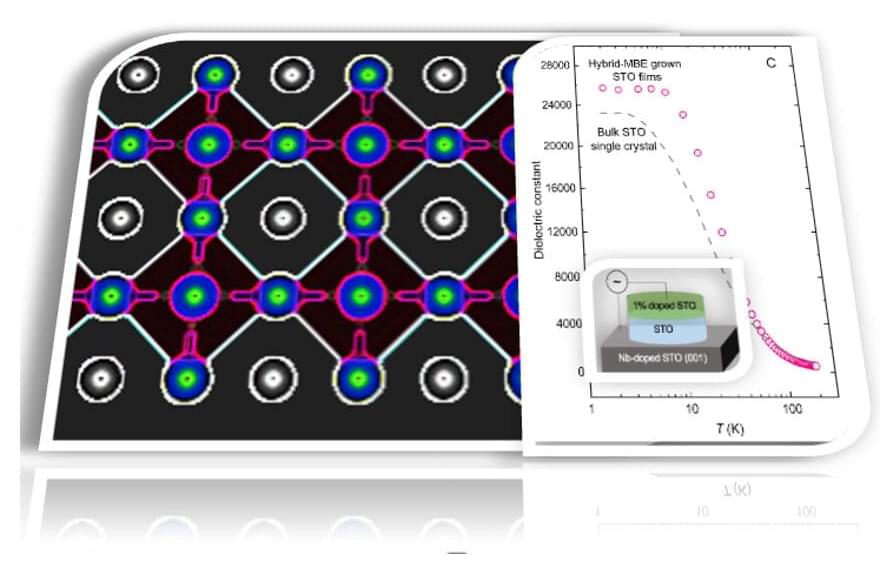
A University of Minnesota Twin Cities-led research team has solved a longstanding mystery surrounding strontium titanate, an unusual metal oxide that can be an insulator, a semiconductor, or a metal. The research provides insight for future applications of this material to electronic devices and data storage.
The paper is published in the Proceedings of the National Academy of Sciences.
When an insulator like strontium titanate is placed between oppositely charged metal plates, the electric field between the plates causes the negatively charged electrons and the positive nuclei to line up in the direction of the field. This orderly lining up of electrons and nuclei is resisted by thermal vibrations, and the degree of order is measured by a fundamental quantity called the dielectric constant. At low temperature, where the thermal vibrations are weak, the dielectric constant is larger.

Moving beyond I2C, Renesas is introducing a new I3C intelligent switch family to boost performance and speed in the data center.
Few fields are as dynamic and fast-evolving as the data center. With new software, use-cases, and applications popping up every year, the underlying hardware has become increasingly difficult to keep up with.
One relatively new technology designed to improve upon legacy hardware is I3C, the successor to conventional I2C. Boasting improvements on I2C, I3C has still yet to become widespread in the data center, a place where its value could be significant.
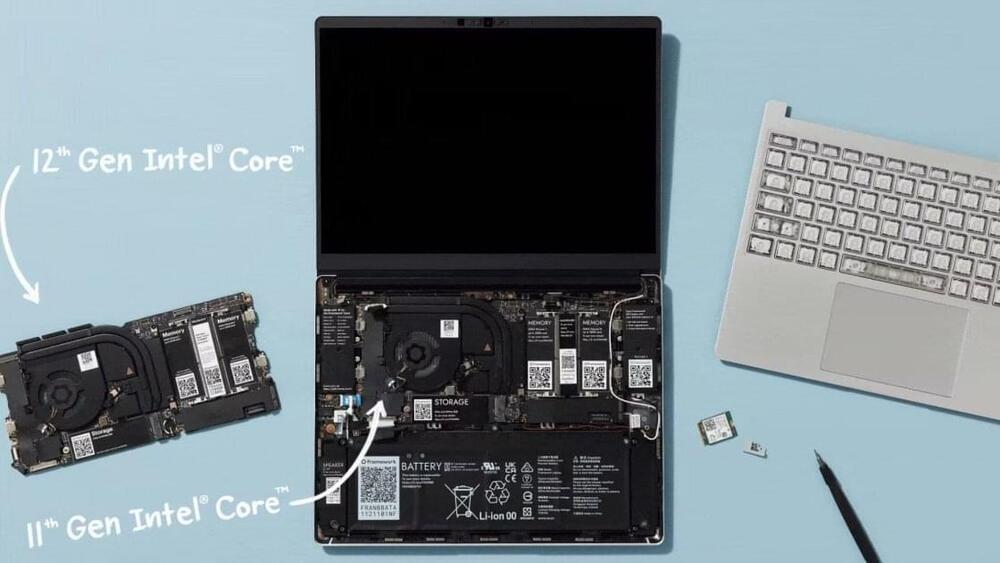
AMD has shown off Zen 4 overclocking at Computex but questions remain about the chip’s long-term potential and OC performance.
